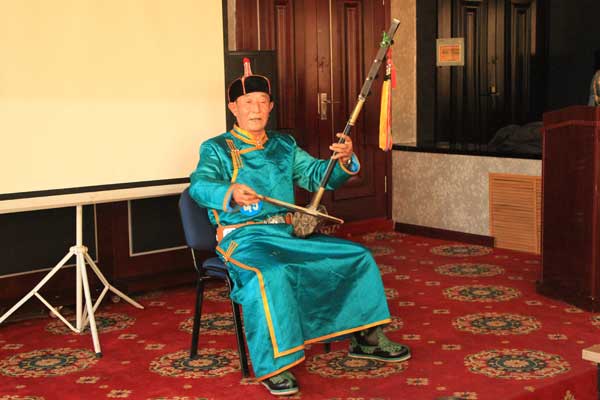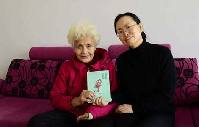Tell a good story
 |
|
Photo by Wang Kaihao / China Daily |
"After TV became popular in pasturing areas in recent years, there are many more things other than sheep, cows and yogurt in young minds," says Zhao, adding the TV station has opened a channel only broadcasting ulger and several other relevant local traditional storytelling genres.
| Mission possible |
They organize a 10-person volunteer arts troupe to hold daily ulger shows in the banner's cultural center. A local Mongolian elementary school has also opened a class to train children to be good storytellers.
"We cannot stop young people from loving modern entertainment, but we can keep doing something small to prolong the life of ulger," Zhao sighs.
Things look promising with the Inner Mongolia University based in the autonomous region's Hohhot launching a five-year project in November, to categorize and study scattered ancient ulger scores and scripts.
According to the program leader Quanfu, also a Mongolian studies professor from that university, his 20-strong team will select 300 of the most important pieces of ulger scripts for in-depth study, among which half are classical episodes that circulated since ancient times. The group also plans to compile biographies for 300 ulger performers and select 30 of the most prestigious active ones to record as part of an oral history project. The professor admits the lack of information is a major issue for his study, so his priority is to establish a solid database.
"Ulger is a crucial link between heroic epic in Mongols' early history and their narrative folk songs in later times," Quanfu says. "People cannot clearly understand the continuity of Mongolian literature and folklore without a solid study on ulger.
"It is also a symbolic icon for cultural communication between Han and Mongolian people, which not only needs closely related academic majors, including ethnomusicology, linguistics and anthropology, but also media studies. This program will create a model for our future interdisciplinary studies."


















